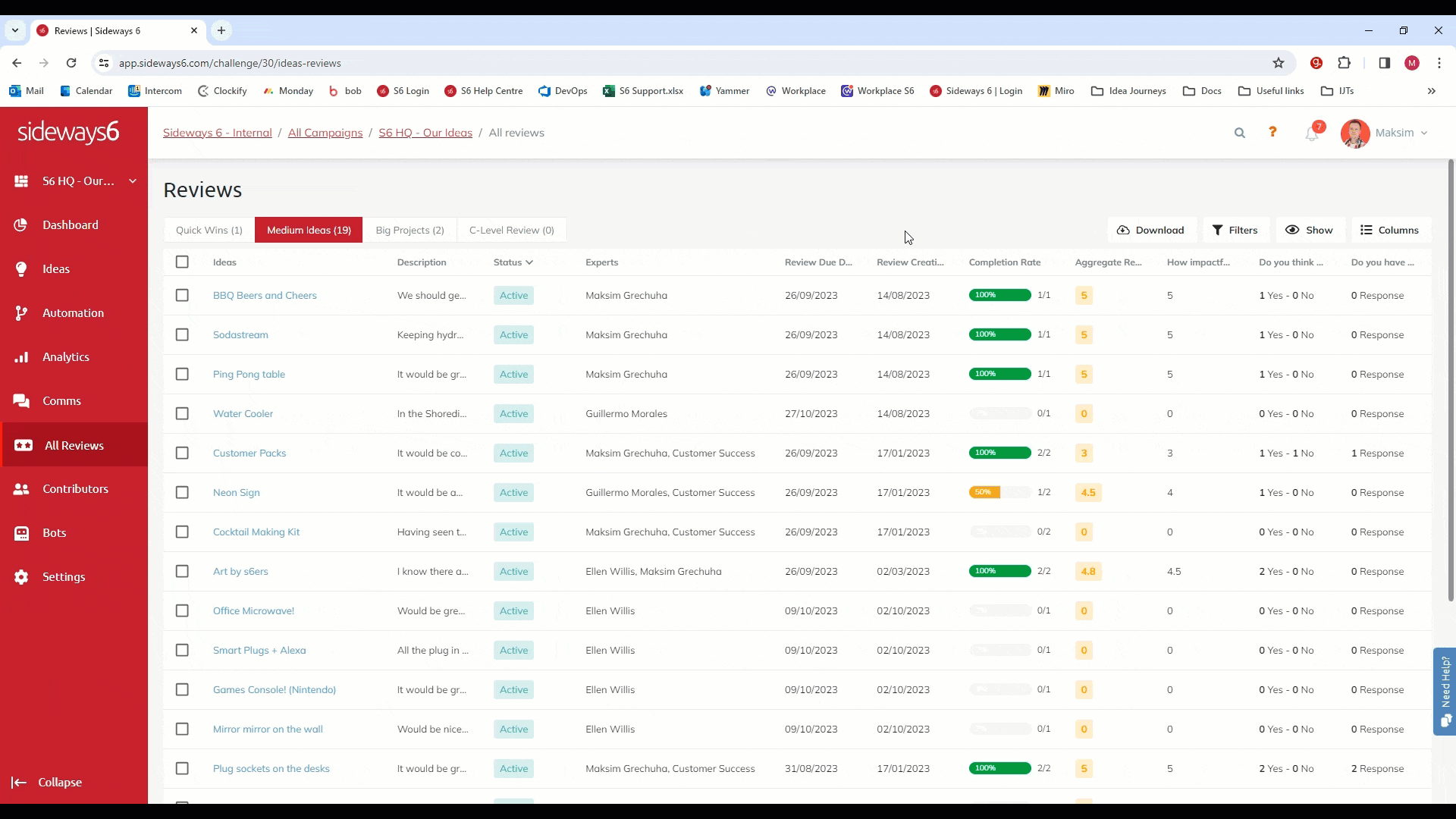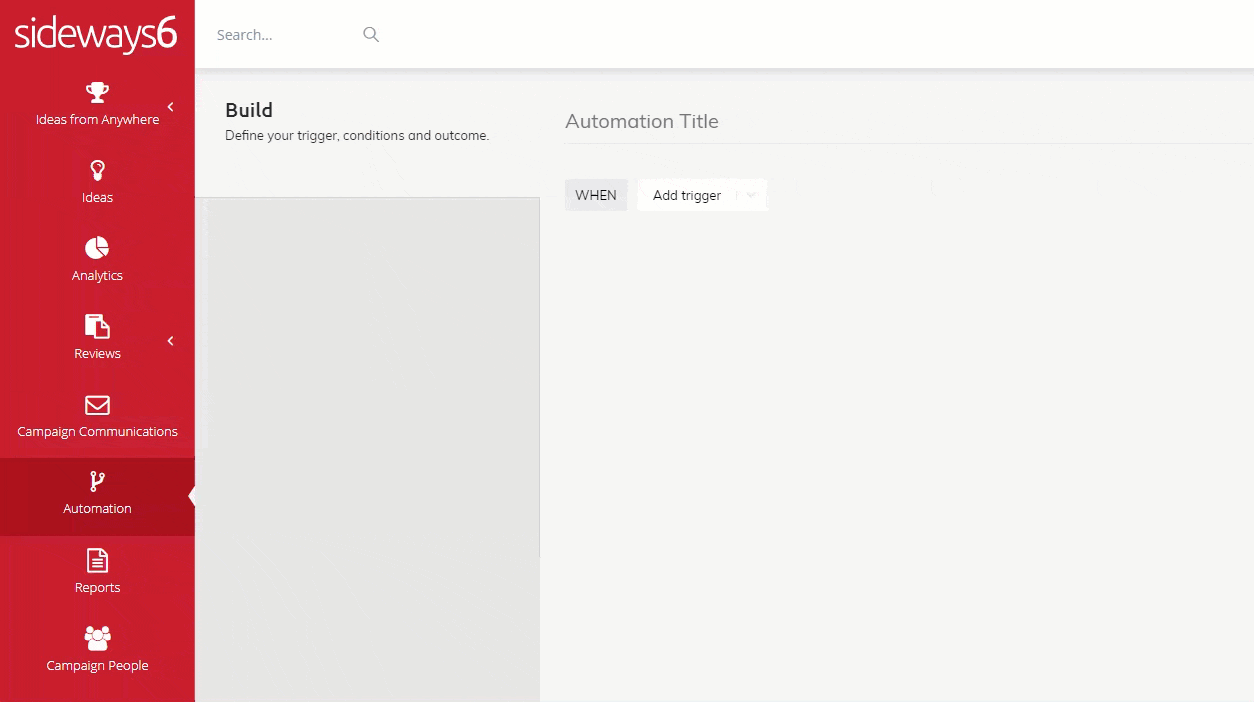+
Get in touch 👋🏽
We would love to hear from you.
Contact us to see how we can help.
We would love to hear from you.
Contact us to see how we can help.

To assist you, here's a quick guide that highlights ten important considerations when choosing the right idea management software for you. By keeping these factors in mind, you can select a platform that aligns with your organization's goals and needs.
Make a list of requirements before speaking to vendors, and understand what you really need. Then chose a vendor with a focused product that meets those needs. Every extra feature area a vendor builds takes resource away from going deep into other areas - for example, adding trend-scouting is great if you need it, but if you don't, you're better off with a vendor that is focussed on the things you do need - like great employee idea management.
Did you know?
71% of IT projects fail because of badly articulated requirements! It is the number one reason why technology and software implementation doesn’t go to plan.
At a time when your employees are used to modern platforms, a great user interface matters more than ever. Choose a platform with a clean and intuitive interface for easy adoption and navigation. This is usually pretty easy to see during a demo, or you can search for reviews online.

A cool feature set doesn’t matter if no-one uses the platform, so you need to think about adoption and engagement first. Think about the tools your people use every day (like Microsoft Teams or your intranet), then look for a platform that seamlessly integrates with them. This allows employees to share ideas, collaborate, and receive updates within familiar environments, which massively increases engagement.
Did you know?
The average employee switches between 35 work-based applications over 1,100 times a day.
Source -Pegasystems Inc.
Beware though; lots of vendors promote surface-level integrations that are little more than their standard platform forced into an 'iframe' in a collaboration tool. These can look okay, but don't give you the benefits of a native solution. If in doubt, look for:
For employees that don’t access any collaboration tools day to day, it needs to be as easy as possible for them to share ideas. Look for a platform that doesn’t have any steep learning curve to idea submission. Ideally it can be accessed in a single click or QR code scan.
The problem is, in big businesses, there are often existing processes in place that can limit responsiveness to change, with agility and lean processes being more commonly associated with start-ups.
Businesses often feel as though they have to roll out new tools to support idea management, which inevitably presents itself as yet another app that employees have to download and use.
Evaluate the platform's collaboration and communication features, enabling employees to collaborate, provide feedback, and iterate on ideas. Does it feel intuitive?
Find out how Marks & Spencer increased engagement by over 1000% by automating communications in our masterclass below.
Evaluate the vendor's track record, customer support, and commitment to develop a strong partnership. Look for reviews online (how easy are they to work with? Do they follow through with all the promises they make?), ask for relevant references and even check out their Glassdoor profiles for a peek into what the culture is like that you'll be working with.
Choose a platform that can scale with your organization's growth and evolving needs without compromising functionality. You should be able to run lots of individual ideas campaigns with their own setups, settings, custom fields and reviews.
Look for platforms that offer robust analytics and reporting features, providing insights on idea performance and employee participation.

Choose platforms that prioritize data security and privacy, adhering to industry standards.
Idea management should feel easy. Look to understand your workflow automation options and ask to see how the vendor makes idea management easier.

By carefully considering these ten factors, you can confidently select an idea management platform and partner that gives you the best possible chance for success.
If you enjoyed this article, be sure to check out our Ultimate Guide to Employee Ideas for more inspiration and to get started.
Ideas from Anywhere™
Sideways 6 exists to help bring good ideas to life every day, everywhere from everyone.
»